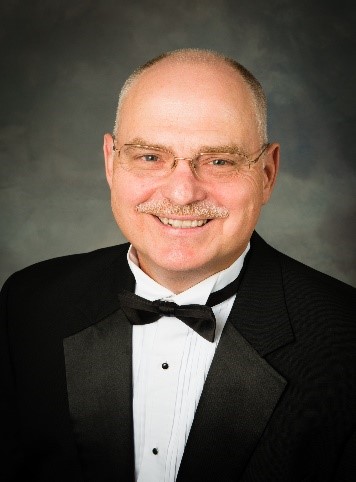
1985, K-5 General Music
As a first-year teacher in 1985, my emotions ran high as I meet with the principal of an elementary school in San Antonio, Texas. She welcomed me to the school and began to inform me of my teaching responsibilities: kindergarten through fifth-grade general music. There was not a music room available, and I would travel throughout the school and push into the general ed classrooms to teach. Doable. What I did not anticipate was my Tuesday afternoon schedule with the kindergarten classes. And I quote: “and on Tuesday afternoons, you will meet with all five kindergarten classes [over 100 students!] at the same time in the cafeteria from 1:45 – 2:25.”
I laughed thinking it was a joke. She did not laugh nor smile – it was not a joke.

2020, 9 -12 High School Vocal Music
And now with more than 34 years of experience teaching K-12 vocal music, from time to time I read and hear about new teaching expectations or instructional initiatives, and I sometimes laugh to myself and think;
“This must be a joke.” It is not – this is my job.
Welcome to Leading Voices
When I first started teaching elementary music, I asked myself “How do I actively engage students in lifelong music learning and participation?” As a music educator in Texas in 1985, there was a strong possibility that I would be responsible for the students’ only experience in formal music instruction. Now, after teaching secondary vocal music for the past 23 years in Upstate New York, I find myself asking the same question:
How do I actively engage students in lifelong music learning and participation?
Leading Voices is dedicated to answering this question. In the weeks ahead, we will look at educational research, professional writings, current practices, and you will get a glimpse inside my classroom – successes and failures. The best resource I know of that will help us reach our goal and answer this question will be you.
What a resource – imagine the possibilities!
Below is a video I recorded during one of my rehearsals last year. It introduces a new framework I developed that encourages active learning and student-centered instruction. It is called the Agile Development Instructional Framework (ADIF).
With this first post, I hope to begin a dialogue with readers about what you just viewed. What thoughts or questions came to mind?
I look forward to reading your thoughts in the Leave a Comment box below .
In future posts, interested readers will be given the opportunity to join an online discussion group using Google Meet. Through this platform, participants will be able to discuss and comment on instructional practices, explore teaching and learning strategies, suggest modifications for future lessons, and reflect on student outcomes.
Conclusion: Leading Voices Goals
The goal of Leading Voices is to create a learning community around music education and provide an opportunity for active dialogue on posts, reader’s ideas, and other topics of general interest. Below is our first talking point:
How do we actively engage students in lifelong music learning and participation?
Reference
Ackles, Brian O. 2018. Agile Development Instructional Framework (ADIF): A New Strategy for Student-Centered Music Education. Choral Journal, September 2018. Vol. 59, No. 2.


Leave a Reply
You must be logged in to post a comment.